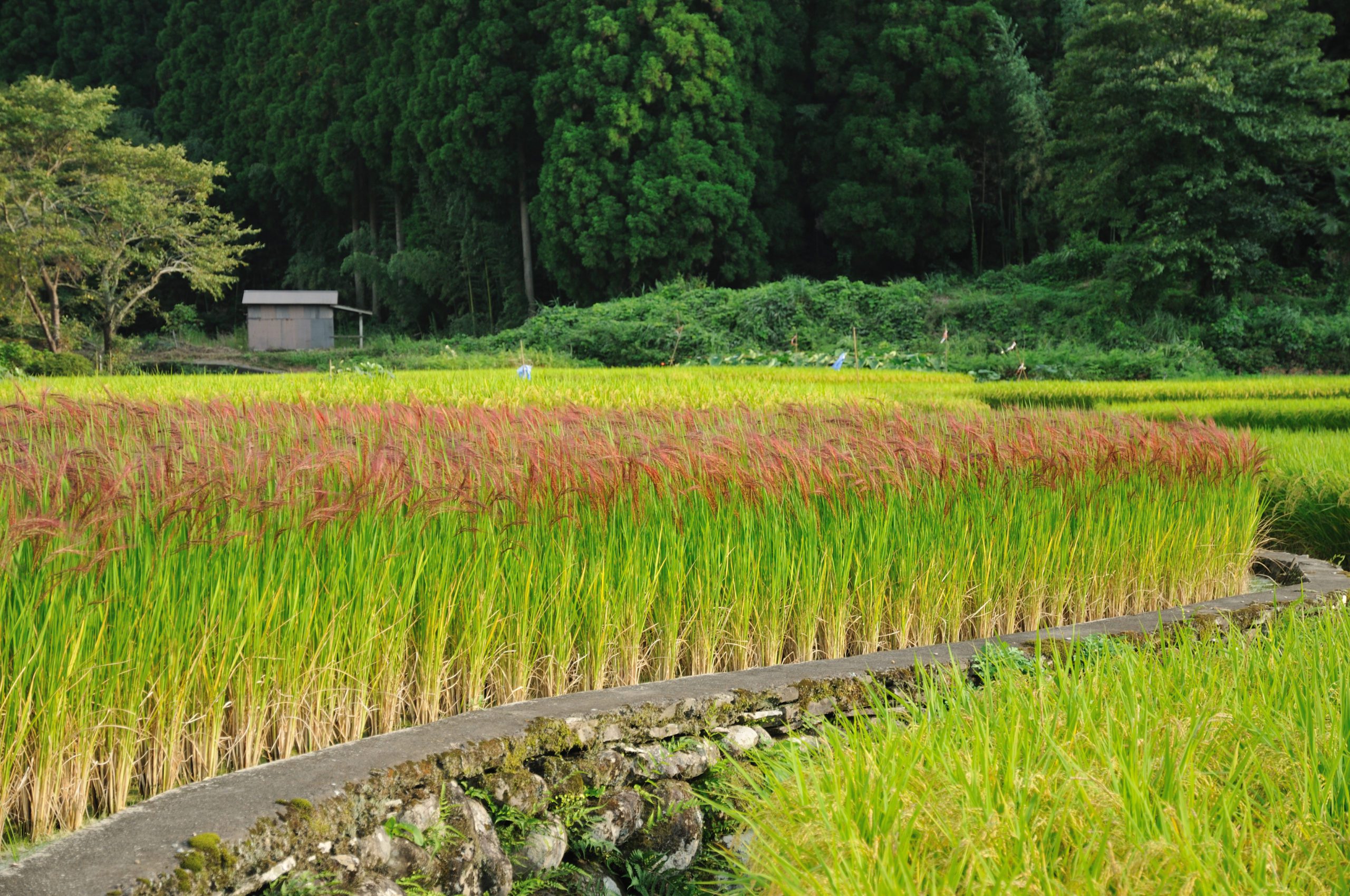
Firstly, introducing Auscrops, a wonderful market vending company bridging farmers and customers together through market vendors. Click here to find out more about rice paddy as well fruit and vegetable offers.
Rice Paddy Facts You Should Know
Rice paddies have been a staple in many cultures for centuries. They are an important part of the agricultural industry, supplying food to millions of people around the world. Whether you’re considering investing in your own rice paddy or just wanting to learn more about them, here is some important information and facts about rice paddies that you should know.
How Rice They are Constructed
Rice paddies found in many parts of the world but they are most prevalent in Asia. The construction of a rice paddy begins with first constructing the embankments and walls, then flooding the field with water. The embankment keeps the water from flowing out while also controlling how much water actually in the field at any given time. This is crucial because too much water can ruin the crop while too little water can cause problems as well. The soil must also carefully prepare before planting. Needs fertilized and leveled so that it is free of any rocks or other debris that could damage or disrupt growth.
Benefits & Drawbacks of a Rice Paddy
Rice paddies are beneficial for several reasons. For one, they provide a sustainable source of food for people living nearby. As well create jobs for those who help maintain them. Additionally, since flooded with water, they act as natural reservoirs that help prevent flooding during periods of heavy rainfall and snow melt runoff. On the other hand, there are some drawbacks associated with them as well; namely, their use of large amounts of water which is not always available and their potential to pollute nearby rivers and streams if not properly managed.
Affects on Climate Change
Rice paddies also play an important role when it comes to climate change mitigation efforts. That’s because they reduce carbon dioxide (CO2) emissions by storing carbon dioxide in the soil. Instead of releasing it into the atmosphere where it contributes to global warming. Additionally, rice paddies produce methane (CH4) which is another greenhouse gas that contributes to global warming when released into the atmosphere without proper management techniques being employed such as burning off excess methane before it is released into the air through irrigation channels or using anaerobic digestion systems to capture methane from waste products such as manure or sewage sludge . This helps reduce overall GHG emissions which helps combat climate change effects on our planet’s environment and ecosystems.
Conclusion:
Overall, rice paddies are an important part of many cultures around the world providing food security, employment opportunities. Also environmental benefits such as reducing CO2 emissions by storing carbon dioxide in their soil instead of releasing it into our atmosphere where it contributes to global warming due to its ability to trap heat energy from sunlight rather than letting it escape back into space like other gases do naturally like oxygen (O2) or nitrogen (N2).
Click here to read similar articles.
 Français
Français 











